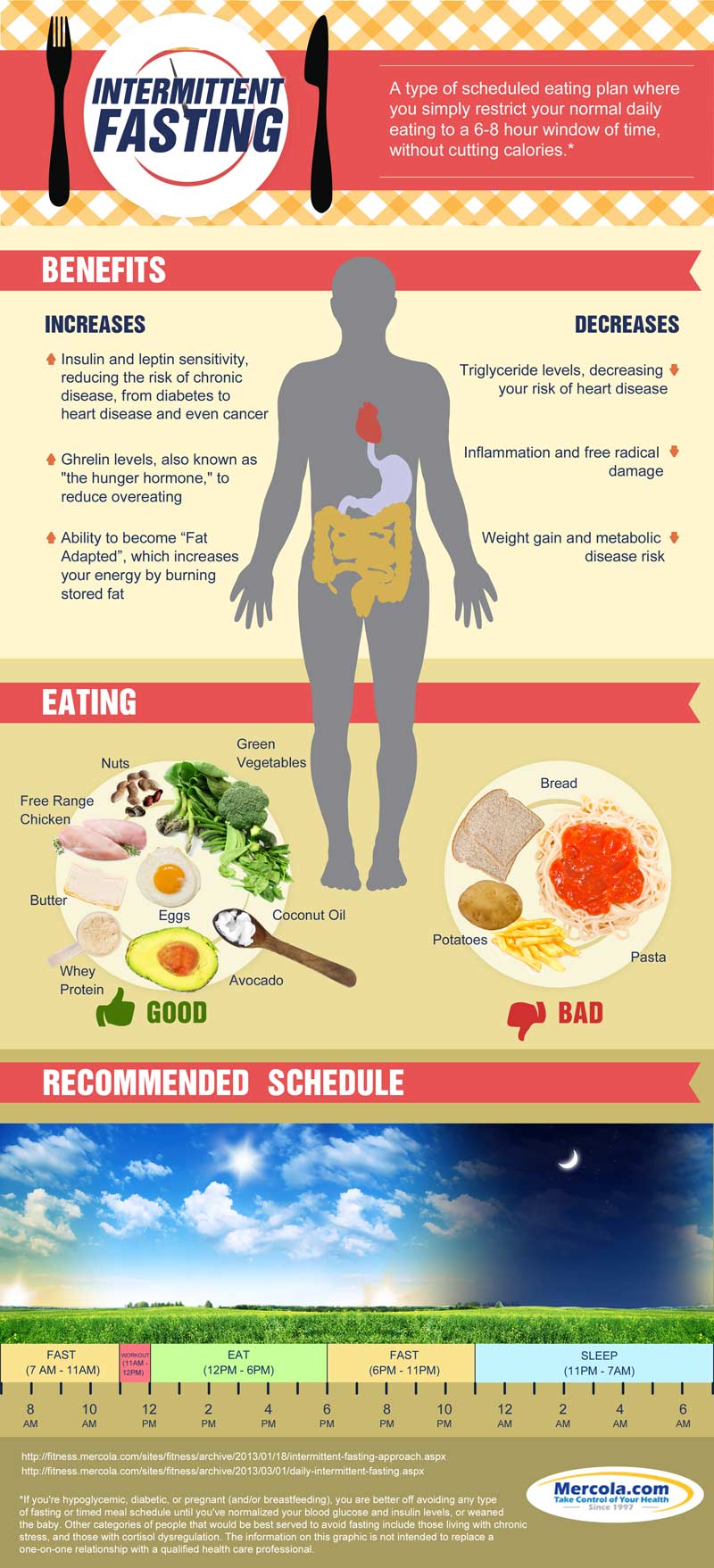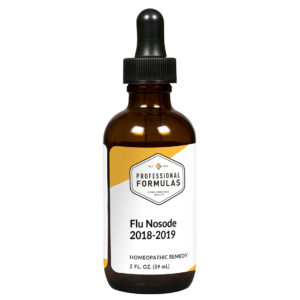Osteoporosis Info, Links, Comments
Osteoporosis literally means porous bone. The word refers to a horrible disease in which bones become fragile and much more likely to break, and the skeleton looses its integrity and turns into a terrifying time bomb inside of you. Osteoporosis makes an everyday act, like going to the mailbox, fraught with the danger of a hipbone snapping simply from the act of walking. Osteoporosis is seen much more often in women than in men, and it can begin when you least expect it.
Though osteoporosis is generally considered an old woman’s disease, this is not actually the case. The most recent data from the National Osteoporosis Foundation shows that about 12 million people in the U.S., age 50 or over, already have full blown osteoporosis, and another 40 million are on the doorstep of the disease because they have low bone density, a condition known as osteopenia. Unless proper intervention is taken, women with osteopenia almost always slide into osteoporosis.
Although the common wisdom says those younger than 50 only rarely exhibit symptoms of osteoporosis, a study from the University of Arkansas found the disease to be a greater risk than most women suspect. Researchers collected information on 164 women of typical collage age, and found that 2 percent of them had bone densities low enough for them to qualify for a diagnosis of osteoporosis, and 15 percent had bone densities low enough for a diagnosis of osteopenia.
There are no symptoms when osteopenia begins. There is no pain or change as bones becomes thin, brittle and less dense. As you progress to osteoporosis, the first signal of disease is often a bone breaking from only minor injury and in some cases, from no injury at all. Other symptoms include:
- Back pain caused by a fractured or collapsed vertebra
- Loss of height over time as vertebra deteriorate and compress
- Stooped posture and distended abdomen (the body takes on the shape of an S)
Mainstream media and the medical establishment perpetuate the myth that osteoporosis is caused by a deficiency of calcium, and support the notion that calcium supplements are the answer. But this fails to explain why Americans, who have the highest rates of calcium consumption in the world, also have the highest rates of osteoporosis.
There is a psycho-social component to osteoporosis, as the disease is usually seen as a woman’s own fault. (She has osteoporosis because she doesn’t eat right, doesn’t take enough calcium pills, doesn’t exercise enough etc.) And nothing herald’s aging more than a stoop.
Factors that speed the way to a diagnosis of osteoporosis include:
- Poor diet during formative years
- Being athletically active as a young woman (results in low estrogen levels)
- Radiation (including mammograms)
- Use of synthetic corticosteroids such as prednisone
- Being a thin white woman
- Having Celiac, Crohn’s or any other disease that blocks nutrient absorption
- Smoking
- Eating disorders
- Excessive alcohol consumption
- Prolonged use of birth control pills
- Chemotherapy
The truth about osteoporosis is that bone is an endocrine tissue. In both women and men, bone expresses receptors for the steroid hormones estrogen, progesterone and testosterone. This is undeniable full faced evidence that optimal and balanced levels of these hormones is essential for healthy bones, and it is the reason that osteoporosis, like all the degenerative diseases, does not show up until hormones have diminished.
Estrogen, progesterone and testosterone directly power the two essential components for the production of healthy bone. They are:
- Osteoblasts–new bone cells
- Osteoclasts–old bone cells
It is important at this point to realize that bone is not static. It is instead a dynamic process in which new bone is constantly being made, and old bone removed in a process known as resorption. When steroid hormones are at optimal levels and in balance, bone is healthy and strong. And when hormone levels decline and become unbalanced, the disease process begins.
In both women and men, osteoblasts are powered by estrogen and testosterone. Osteoclasts are powered by progesterone.
Osteoblasts are in charge of producing bone matrix and mineral. Ideally, they work as a team with components of bone marrow and osteoclasts for optimal bone formation.
The function of osteoclasts is critical in the maintenance and repair of bone. Bones are stronger than aluminum on a weight basis, and are a composite material of approximately equal amounts of hydrated protein and mineralization. Osteoclasts disassemble this hardy composite at the molecular level by producing collagenase, an enzyme that destroys collagen.
Osteoblasts and osteoclasts together control the amount and quality of bone tissue you have in your body. This means that when you have optimal levels of balanced steroid hormones, osteoblasts and osteoclasts will work in harmony to produce healthy bones, and not a sign of osteoporosis will be seen, no matter what your age.
Hormones are essential to total body health and well being
There’s more to hormones than high quality bones. Hormones are of supreme importance to your overall health and well being. They are the great communicators of the body, by sending chemical messengers that transfer signals and instructions from one set of cells to another. When all hormones are present at optimal levels, not only is harmony restored to your osteoblasts and osteoclasts, but to your body as a whole.
Developing osteopenia or osteoporosis is a signal that your hormones need attention.
Don’t discount hormones. They are so important that they have a branch of biological science devoted to them, known as endocrinology. Even the medical establishment grudgingly recognizes the tremendous importance of hormones, and labels doctors who specialize in them as endocrinologists.
Hormones influence and regulate almost every cell, tissue, organ, and function of the human body, including growth, development, metabolism, and sexual and reproductive function. Hormones orchestrate the maintenance and balance of our internal terrain, through a process known as homeostasis..
NOTE on Vitamin D:
Vitamin D must have Vitamin K in order to be effective. A good rule of thumb is to have your vitamin D level checked first and then supplement if need be. Although standard reference ranges are 30-100, as with iron, the best reference range is 40-60.
NOTE HORMONE TESTING:
As written above, hormones play a vital role in the prevention of Osteoporosis. Before using any bioidentical hormones, i strongly recommend a Saliva NOT Blood test for Hormones as Saliva has both the RNA & DNA and as such is a more accurate marker than conventional blood test which can only measure one point in time.. Once you know the facts then and only then should you and your KNOWLEDGEABLE Health Care “Assistant” should decide on a path to take and then re-check via saliva every 6 months
Here is a link titled When Saliva When Serum
NOTE ON CALCIUM:
Osteoporosis has nothing to do with calcium. One of the best products I have ever recommended for Osteoporosis is Magnifical and although the last three letters are “cal” there is no calcium in this product.I rarely recommend Calcium supplementation because it causes more problems than it solves. Calcium being a “hard” mineral causing hardening of the heart valves, coronary arteries and other situational issues
Calcium is vital for the strength and development of bones and teeth. Along with magnesium, it transmits nerve and muscle impulses and stabilizes cell membranes, decreasing their permeability to cellular toxins and allergens. Calcium is also necessary for proper blood coagulation. The UK and the WHO (World Health Organization) recommend 500-700mg per day which is the guideline I follow as opposed to the US recommendation of 1000-1500mg daily. 600mgs daily can easily be had through green leafy vegetables, bone broth, nuts, seeds especially sesame seeds (used throughout the middle east where there is no dairy available and as a last result raw dairy if nothing else is available.
NOTE ON BORON:
This list of Boron rich foods is good to know but not practical on a day to day basis. It may very well be easier to take a Boron supplement and supplement the supplement with foods on the list below whenever able to
- Beans (black, Lima, Kidney, Snap Peas, Mung)
- Artichokes Apricots
- Berries Cocoa
- Cherries Apples
- Sweet potatoes Pears
- Onions Avocado
- Pecans Grapes (including pure grape juice)
- Walnuts Oranges
- Figs Coffee
- Prunes/plums Red Wine
- Peaches Raw Milk (organic, unpasteurized)
NOTE: For decades I have recommended the Deoxypyridonoline DPD Urine Pyrlinks Test which measures the amount of Osteoblasts vs. Osteoclasts. As long as there are more Osteoblasts then Osteoclasts, you are in good shape. This test is considered the Gold Standard because its accuracy far outweighs the standard Dual-Energy X-ray Absorptionmetry most doctors use for osteoporosis determination.
NOTE: Drugs like Fosamax and Prolia interfere with the breakdown of dead cells (Osteoclasts) and as such, dead bone cells are not being eliminated to make room for new fresh bone cells ((Osteoblasts)) to replace them. This causes “spontaneous fractures” which is when you are sitting down watching TV and your arm or leg suddenly breaks. This has been well documented and was shown in a i hour piece on ABC News a while back.
NOTE: I originally included a list of recommendations including supplements BUT decided not to for more than one reason. The very first items on an Osteoporosis checklist would be to have both the Deoxypiridonoline DPD Urine Pyrlinks Test and Saliva Test for Hormones. Once those are completed, a treatment plan should be created and after a number of months or a year give or take be re-tested to determine if what was recommended delivered the expected results.
NOTE: You do not fall and break your hip–your hip broke and you fall as a result!!
For more information:
http://www.ncbi.nlm.nih.gov/pubmed/25202834
http://www.ncbi.nlm.nih.gov/pubmed/24385015
http://www.ncbi.nlm.nih.gov/pubmed/21815190
http://www.ncbi.nlm.nih.gov/pubmed/21149714
http://www.ncbi.nlm.nih.gov/pubmed/20162450







 CORONARY CALCIUM SCORING
CORONARY CALCIUM SCORING